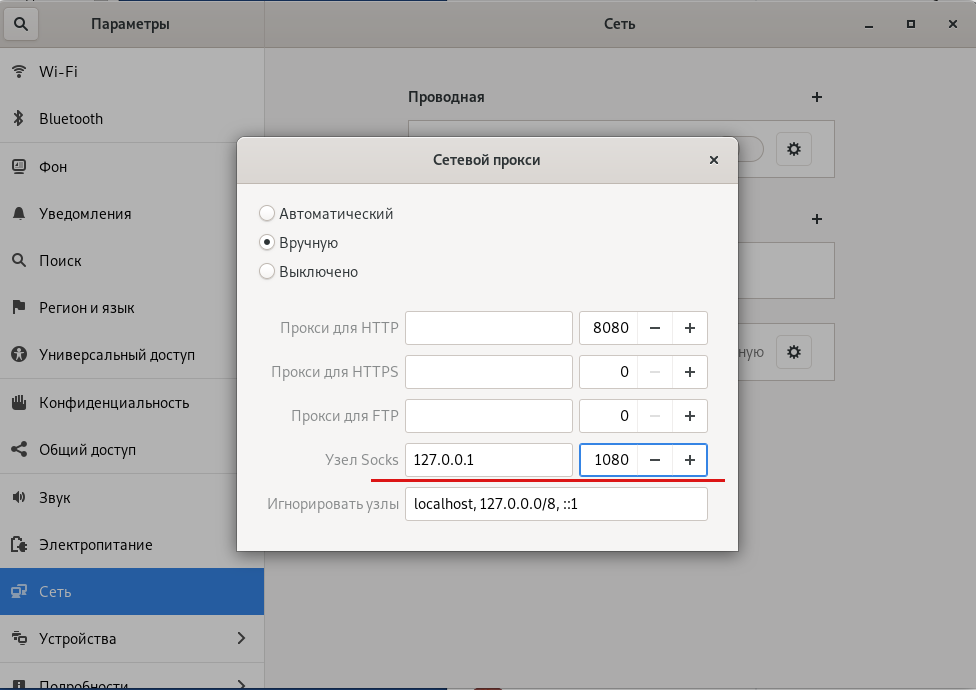

- #SHADOWSOCKS CLIENT HOW TO INSTALL#
- #SHADOWSOCKS CLIENT HOW TO UPGRADE#
- #SHADOWSOCKS CLIENT HOW TO PASSWORD#
tcp_max_tw_buckets = 5000 # turn on TCP Fast Open on both client and server side tcp_max_syn_backlog = 4096 # max timewait sockets held by system simultaneously ip_local_port_range = 10000 65000 # max SYN backlog tcp_keepalive_time = 1200 # outbound port range tcp_fin_timeout = 30 # short keepalive time tcp_tw_reuse = 1 # turn off fast timewait sockets recycling tcp_syncookies = 1 # reuse timewait sockets when safe somaxconn = 4096 # resist SYN flood attacks wmem_default = 65536 # max processor input queue rmem_default = 65536 # default write buffer

wmem_max = 67108864 # default read buffer If all BBRs are available, the BBR is successfully opened. confĮcho "_qdisc=fq" > /etc/nfĮcho "_congestion_control=bbr" > /etc/nf If there is no tcp_bbr in the result, run first: BashĮcho "tcp_bbr" > /etc/modules-load. Wait for the server to restart after the installation is completed: Bash View available Linux kernel versions: Bashįind a Linux kernel version you want to upgrade, such as "linux-image-4.10.0-22-generic": Bash
#SHADOWSOCKS CLIENT HOW TO UPGRADE#
If the display version is under 4.9.0, you need to upgrade the Linux kernel, otherwise ignore the following. First check the server kernel version: Bash At present, it has a better bandwidth improvement effect, even no sharper speed difference than the old brand.īBR was introduced in Linux kernel 4.9. This part belongs to advanced operation, when you use Shadowsocks and feel the latency is large, or throughput is low, you can consider optimizing the server side.īBR is the latest TCP congestion control algorithm developed by Google. So far, the basic configuration of Shadowsock server has been completed! Sudo nano /etc/systemd/system/rviceĬopy and paste: Description= Shadowsocks Server After= network.target ExecStart= /usr/local/bin/ssserver -c /etc/shadowsocks/config.json Restart= on-abort WantedBy= multi-user.target Then set up the client to use global mode, and the browser should be able to log in to Google to try and open it directly.Īt this point, the browser logs in It will show the IP of Shadowsocks server!Īfter testing, press Ctrl + C to close Shadowsocks.
#SHADOWSOCKS CLIENT HOW TO PASSWORD#
If you use the configuration file I provided, fill in your IPv4 address or IPv6 address, port number 8388, encryption method aes-256-cfb, password set for you. jsonĪdd a server to the Shadowsocks client. Then test whether Shadowsocks can work properly: Bash Then press Ctrl + O to save the file and Ctrl + X to exit.įirst record the IP address of the server Bashįind the IPv4 address (and IPv6 address), as my ifconfig output is eth 0 Link encap: Ethernet HWaddr 46 : 91 : 89 : 4 e: c1: 52 "Shadowsocks 3.0.0" will now be displayed.Ĭreate the folder where the Shadowsocks configuration file is located: BashĬopy and paste the following (pay attention to modifying password): JSON
#SHADOWSOCKS CLIENT HOW TO INSTALL#
Pip3 install https:/ //shadowsocks /shadowsocks/archive /master.zipĪfter installation, you can use the following command to view the Shadowsocks version: Bash Since Shadowsocks authors no longer maintain Shadowsocks in pip (fixed at 2.8.2), we use the following commands to install the latest version of Shadowsocks: Bash Because the package manager pip3 corresponding to Python 3 is not pre-installed, pip3 is installed first: Bash This tutorial uses Python 3 as the carrier.

This tutorial only applies to Ubuntu 16.04 and later versions. The optimization part includes BBR, TCP Fast Open and throughput optimization. Unlike the previous Ubuntu 16.04 tutorials, this article abandons initd and uses Systemd supported by Ubuntu 16.04 to manage the start and stop of Shadowsocks, which is more convenient. This tutorial aims to provide a concise installation of server-side Shadowsocks under Ubuntu 16.04.


 0 kommentar(er)
0 kommentar(er)
